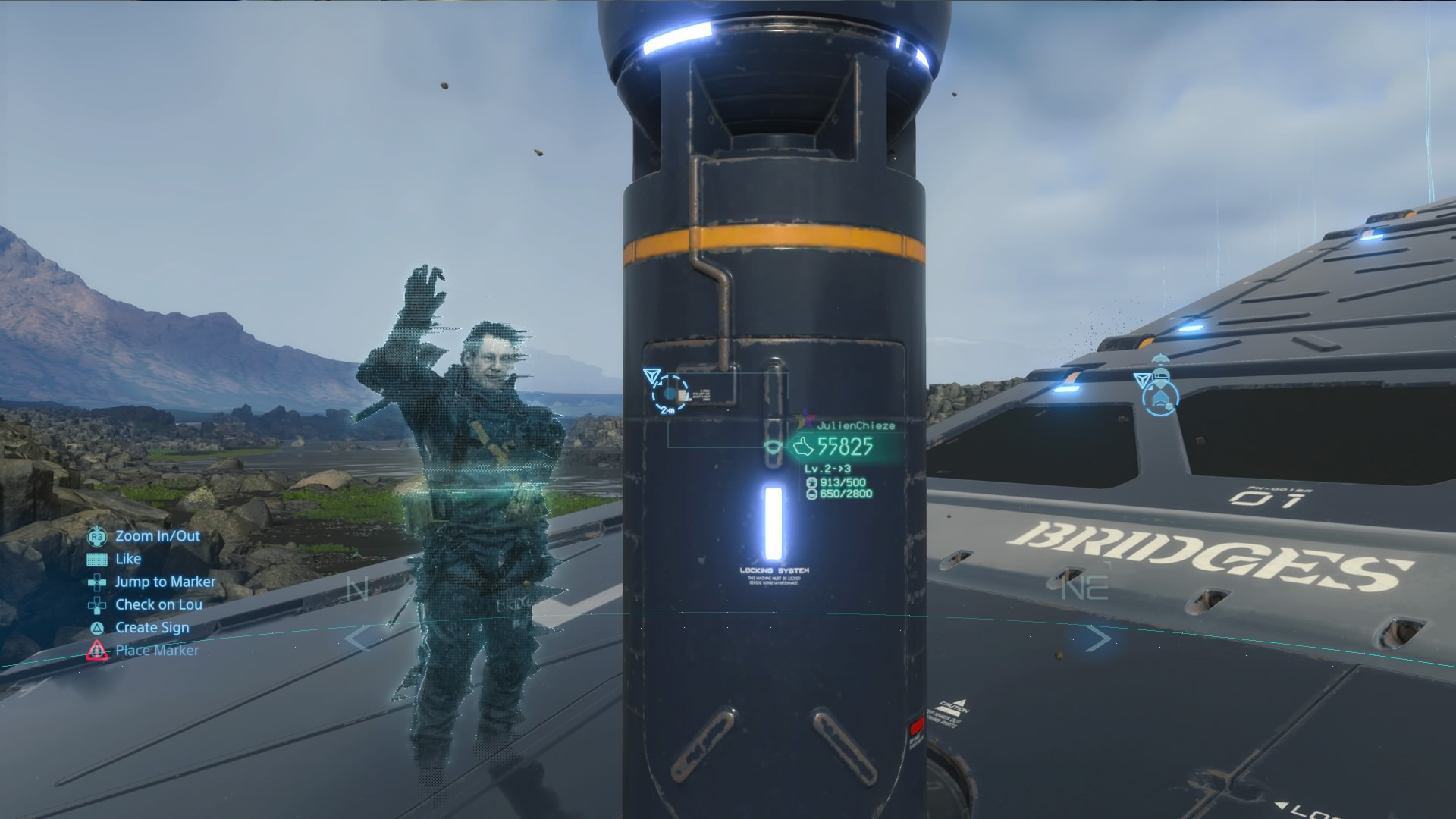Introduction
Death Stranding is an action game developed by Kojima Production in 2019. It is the first game from critically acclaimed game director Hideo Kojima after his part-away from Konami. In Death Stranding, players act as Sam Porter Bridges to take a series of delivery quests and reconnect the broken United States. Initially, the game received polarised reviews. Some critics said Death Stranding is nothing but a boring walking simulator while some others claimed it is another masterpiece by the father of metal gear. However, after the outbreak of COVID and the release of the Director’s Cut, this highly innovative game was overwhelmingly approved and received a 93% positive rating on Steam.
Story
Death Stranding is set in the fictional United States in the near future. Human civilization suffers from a catastrophic event named the Death Stranding. Countless explosions called “void out” takes place all over the earth. Human beings come to know the existence of “Beach” – the transition place from our world to the afterlife. “Beached Things” (“BTs”) which come from the “Beach” start to roam around the land of the United States and threaten all living beings. Meanwhile, a substance called Chiral Matter is discovered all over the place and cut down all modern ways of connecting with people. In the aftermath of the catastrophes, people have enclosed themselves in a few cities scattered across the continental United States in order to survive. Players will control Sam Porter Bridges, a delivery man of UCA, to connect each city and make America whole again.
Aesthetics
Death Stranding has a unique utopian-apocalyptic aesthetic. With the help of futuristic technology, the player wanders across the deserted land. The game’s environments are often desolate and barren, with shades of gray, brown, and black dominating the color palette. This creates a sense of emptiness and isolation, which is fitting for a game that is centered around a post-apocalyptic world. Additionally, the game’s use of lighting is also noteworthy, as it often uses stark contrasts between light and shadow to create a sense of tension and unease. This further emphasizes the themes of loneliness and isolation in the game.
Gameplay
Mechanics
The core mechanic of Death Stranding is “walk”. The player needs to travel from one place to another while protecting cargo carried on themselves from being damaged. In order to make the walking process more interesting, the weight and the arrangement of cargo will affect your speed, gravity center, and how easily you are going to fall off. Meanwhile, the player needs to carefully plan their routines ahead since weather, landscape, and enemies will all greatly impact the difficulty of your delivery. For the battle system, Death Stranding takes the traditional action FPS game way. However, firing weapons not only cost ammo but also your own blood. Thus you need to carefully manage your resources in the battle compared with most other FPS games.
Lens of Endogenous Value
Death Stranding features a “like” system similar to social media nowadays that allows players to receive “likes” from delivery or contribution to NPCs or help other players. Pretty much the most meaningful things you did in the game will award your likes. Pick up cargo lost by other players? You get likes. Kill an enemy? You get likes. Drive past a sign created by another player? You get likes. The “like” system makes almost everything you do meaningful and helpful, which drives the player to keep playing. Moreover, “likes” awarded by other NPCs or players give them blood and flesh other than just cold-blood data on the machine. It again reinforces the sense of accomplishment and gives players motivation to continue playing.
Lens of Community

Although Death Stranding is a single-player action game. Some mechanics in the game makes players feel strongly bonded with NPCs and other players. The first noteworthy mechanic is the brilliant building-sharing system. The map will generate buildings built by other players in their game and some of your buildings can also be used by other players in their own game. Under normal circumstances, those buildings will be of big help for your travel across the land. Moreover, you can give “likes” to buildings from other players and vice versa. The building-sharing feature connects players together and greatly enhances the sense of community. In addition, the NPCs in the game will send your emails to share their thoughts or stories from time to time. When you visit their places, they will give your a warm welcome with AR holograms and human voices. All of these make players feel like being in a large community with NPCs and other players.
Lens of Unification
The core theme of Death Stranding is one word: connection. This concept is reflected almost everywhere in this game: The main task of players is to reconnect the cities together. The building sharing is to connect you with other players. As the storyline expands, players will regain knowledge from the past which is a connection from now to the past… Connection is repeatedly emphasized not only in the text but also in various game mechanics.
Lens of Surprise
The map in death stranding will randomly generate lost cargo from other players when the player enters a new area. Meanwhile, a sudden rain or storm can greatly slow your delivery down. In addition, you may get “likes” from other online players for your building when you are walking down the road. Different kind of surprises in this game makes the walking more interesting and have a brand new experience even though you may have traveled the same routines hundreds of times.
